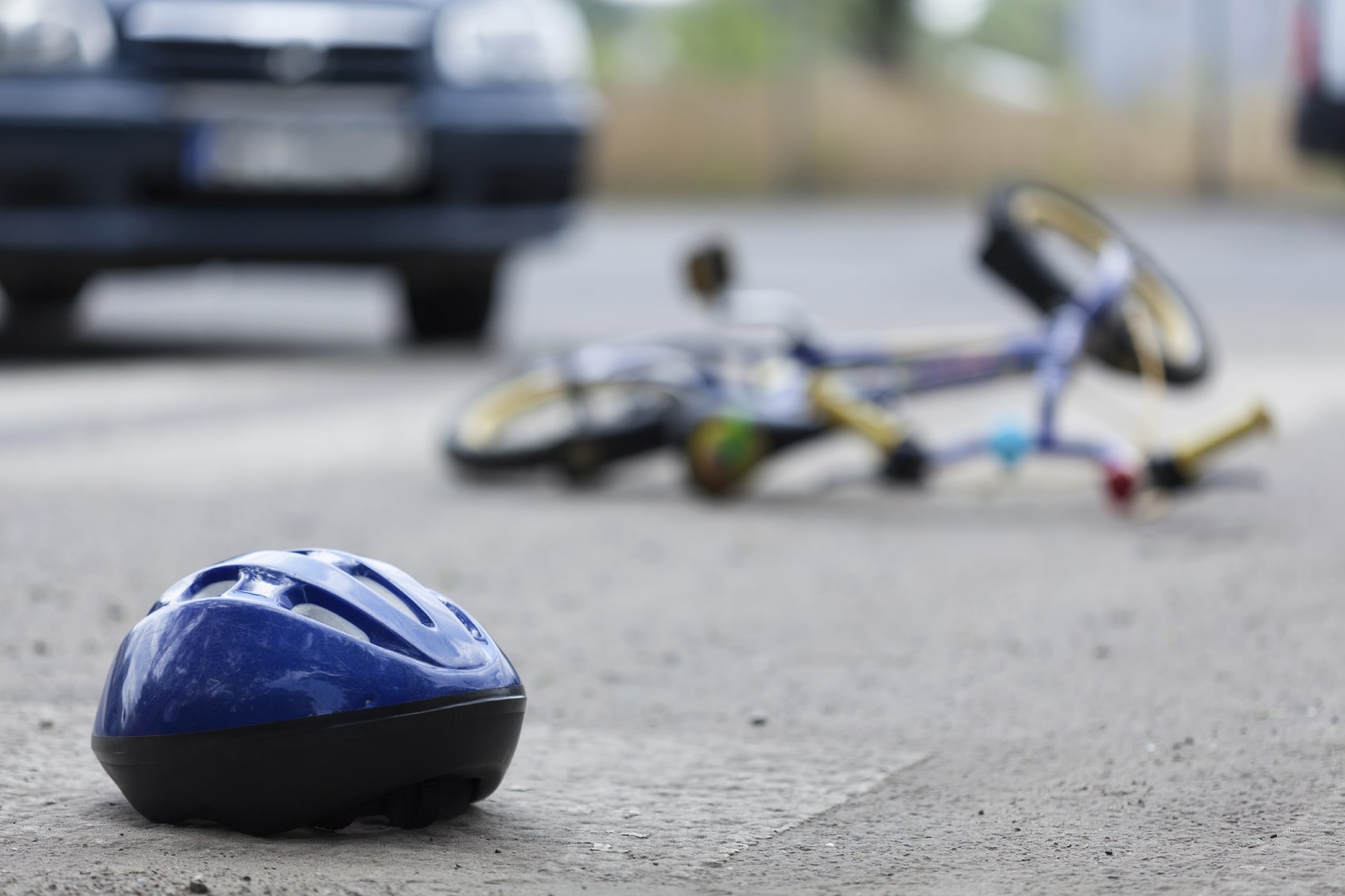Fatal Bike Accidents Surge in Brooklyn
Michele Mirman | Bicycle Accidents | November 1, 2019

Riding a bike has become incredibly dangerous in New York City. This is true, despite the fact that the city has taken steps to make its streets safer for cyclists. In 2018, there were 15 fatal bike accidents in NYC. There have already been 25 fatal bicycle accidents in 2019, and we still have two months to go.
Most of these deadly bicycle accidents – 16 of the 25 – have taken place in Brooklyn. Now the NYC borough is taking matters into its own hands. Brooklyn is embracing what it calls the “green wave for cyclists,” which involves improved and dedicated bicycle infrastructure, as well as changes to traffic patterns. Officials hope that these changes will not only reduce bicycle accidents and fatalities, but eliminate them, altogether.
How Common Are Bike Accidents in Brooklyn?
Every month, the NYPD publishes traffic accident data. In September 2019, the last month for which data was available, there were 453 bicycle accidents in New York City. Here’s a breakdown of where those accidents happened:
- Manhattan: 117
- Bronx: 48
- Brooklyn: 199
- Queens: 79, and
- Staten Island: 10.
Brooklyn accounted for more than 43 percent of all the bicycle accidents in September. The numbers don’t lie. It’s clear that Brooklyn is the most dangerous place in the city to ride a bike.
Where Are Bicycle Accidents Happening in Brooklyn?
So, where are all of these bike accidents in Brooklyn taking place? Which streets and intersections pose the greatest threat to riders? According to a recent study of crash data, the most dangerous places to ride a bike in Brooklyn include:
- Atlantic Avenue & Bedford Avenue
- Jay Street & Tillary Street
- Jay Street and Myrtle Avenue
- Graham Avenue and Grand Street
- Roebling Street and South Fourth Street
- Ashland Place and Myrtle Avenue
- Bushwick Avenue & Grand Street
- Dekalb Avenue and South Portland Avenue
- Ocean Avenue and Parkside Avenue, and
- Fifth Avenue and Bergen Street.
The neighborhood of Williamsburg is home to the most dangerous intersections for cyclists, with 3. Downtown Brooklyn is a close second, with 2.
What is Brooklyn Doing to Keep Cyclists Safe?
Brooklyn doesn’t want to be the borough where cyclists risk their lives when they share the road with other vehicles. So, the borough has decided to make serious changes to its traffic patterns. Since intersections tend to be the site of most car accidents involving bicycles, it decided to start there.
Brooklyn has changed how many of its traffic signals work. The signals are now calibrated to benefit bicyclists. Studies show that retiming lights can help to “maintain a slower and steadier traffic flow,” which, in turn, can “reduce potential conflicts, such as when cyclists run red lights or drivers race to beat the light at the next intersection.”
Here’s how it works. Lights at certain intersections in Brooklyn have been retimed so that cyclists traveling at speeds between 10 and 15 MPH won’t have to stop when they get to an intersection. Since their speed is predictable, the lights are calibrated to be green when they get to the next intersection down the road. This only works when cyclists are riding between 10 and 15 MPH. Once a rider goes faster (or slower), they’ll begin to hit red lights.
Which Intersections in Brooklyn Are Timed for Cyclists?
Brooklyn has already altered some of the traffic lights in the borough. Since December 2018, traffic signals on Hoyt Street and Bond Street have been operating under the new calibrated rules. Clinton Street is scheduled to undergo similar changes in the very near future.
Drivers Aggravated By Green Wave, Claim They Won’t Stop Accidents
Bicyclists love the new lights because they can keep their momentum and sail through intersections without having to stop. Drivers, on the other hand, are outwardly frustrated about having to stop more frequently. Some point out that recalibrating the lights won’t stop accidents. Why? If a cyclist is going faster than 15 MPH – which many do – they’ll hit red lights. If they hit a red light, many drivers believe that they’ll still run them.
Since Brooklyn has experienced 16 fatal crashes so far this year – even after two streets have gotten retimed signals – the drivers might not be wrong. Brooklyn may need to implement other changes that can yield better results. Protected bike lanes, for example, often provide the greatest benefit for riders. When there’s a physical barrier between cyclists and vehicles, there’s less opportunity for a collision.
For more information, contact Mirman, Markovits & Landau today. We assist accident victims throughout New York City.
